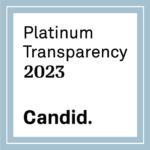Welcome to our explainer series, taking important topics and going deeper!
What is Green Infrastructure?
We have all noticed the effects of increased rainfall and flooding. Likewise, we are probably all familiar with ‘grey infrastructure,’ gutters, pipes, and tunnels that move stormwater to treatment plants or larger bodies of water. However, this aging infrastructure is decreasingly effective at managing more significant volumes of stormwater and is not sustainable or bolstering resilience.
So, what is green infrastructure? New Jersey’s Stormwater Management rules at N.J.A.C. 7:8-1.2 define green infrastructure as “a stormwater management measure that manages stormwater close to its source by
1. Treating stormwater runoff through infiltration into subsoil;
2. Treating stormwater runoff through filtration by vegetation or soil; or
3. Storing stormwater runoff for reuse.”1
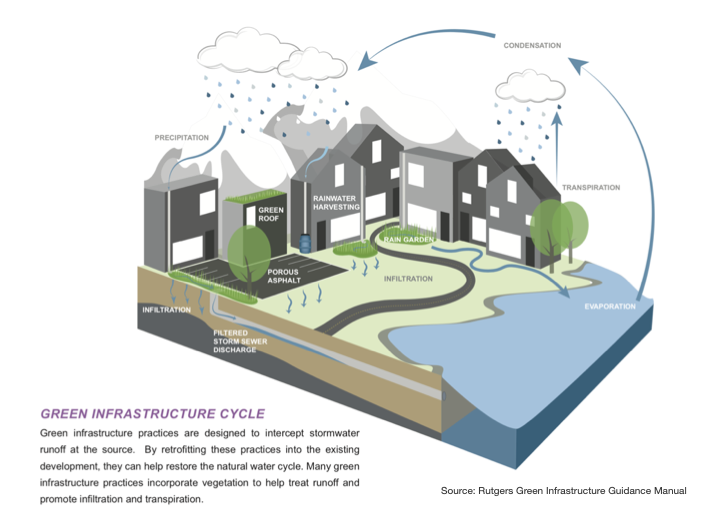
Water cycle.
To help put it into context, here is a simple explanation of the hydrologic, or water, cycle. Water evaporates and condenses in the atmosphere, creating clouds, and is then returned to the earth through precipitation. Runoff is a critical part of the cycle and the main component of green infrastructure. Under natural conditions, water reaches and infiltrates the ground and enters the soil, where it is stored as groundwater or taken by vegetation and returns to the atmosphere through evapotranspiration. Runoff is much higher with the increased amount of developed land and impervious surfaces. This can cause a host of environmental problems.3
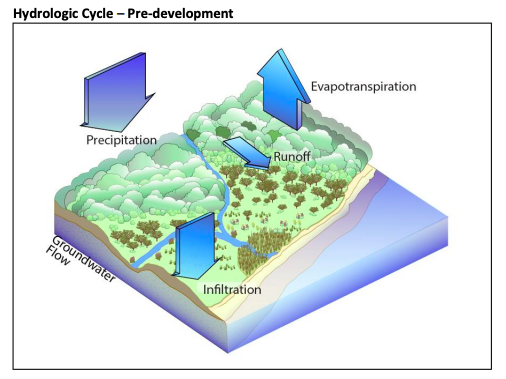
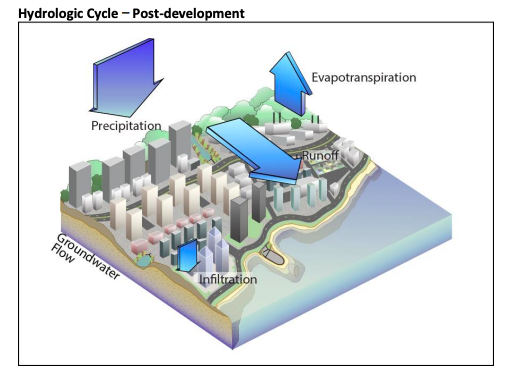
What are the environmental impacts of runoff?
Runoff is both a matter of environmental safety and a public health issue. Stormwater, or runoff, can pick fertilizer, dirt, pesticides, bacteria, and other pollutants and flow untreated into streams, rivers, and oceans. When too much water comes at speeds our traditional infrastructure cannot handle, it can lead to flooding and contaminating drinking water resources. The fertilizer, often manure, picked up by the runoff and deposited into lakes or rivers, will feed seaweed, plankton, etc., a leading cause of eutrophication. Eutrophication refers to the over-enrichment of water by nutrients such as nitrogen and phosphorous – which are abundant in fertilizer and manure.4 Eutrophication can cause aquatic dead zones as the algal blooms and phytoplankton take all the oxygen, and everything else dies or leaves. Additionally, the runoff can be absorbed into the ground and harm the soil quality. Perhaps more grotesque, enough stormwater runoff can cause combined sewage overflow, in which sewage infrastructure is overwhelmed and sends raw sewage into freshwater bodies.5
Examples of green infrastructure.
Rain and development will not stop, but there are solutions on every level! Stormwater and green infrastructure have been studied for years, with some tried and true measures.
Rain Garden
Rain gardens, or bioretention cells, are a popular and small-scale green infrastructure strategy that can be implemented on different scales. The sunken planting areas capture, filter, and infiltrate the stormwater runoff, which can be in your backyard or worked into streetscapes. They are one of the easiest and most aesthetic ways to deal with heavy rainfall and stormwater.
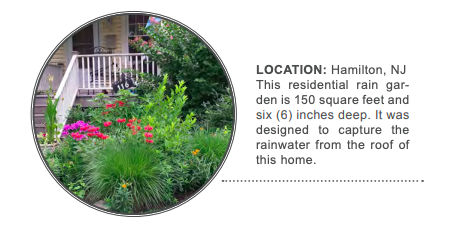
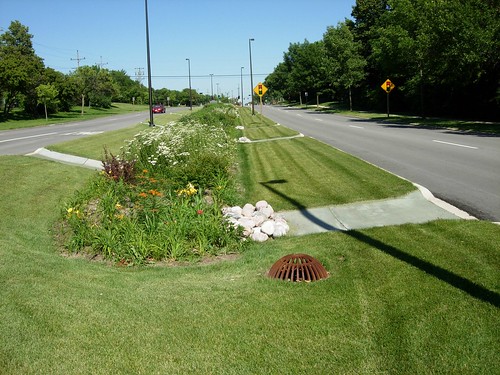
Bioswale
Bioswales are much like rain gardens but often in long, narrow spaces, such as along curbs and parking lots. The mulch, grass, and/or vegetation slows and filters the rainwater, an improvement from traditional drainage systems or ditches. Often, bioswales are installed at a larger scale where more water that needs time to infiltrate into the groundwater.7
Downspout Planter
Downspout planters, installed at the base of a downspout, store runoff from gutters until it is filtered through the planter, taking away the sediment and pollutants. In addition, the bottom of the planters are usually impervious to prevent polluted stormwater from infiltrating the ground. Aside from being low-maintenance beautifiers (if you use native plants), downspout planters can reduce erosion from fast-moving rainwater and filter it before having it enters groundwater reserves or the atmosphere.
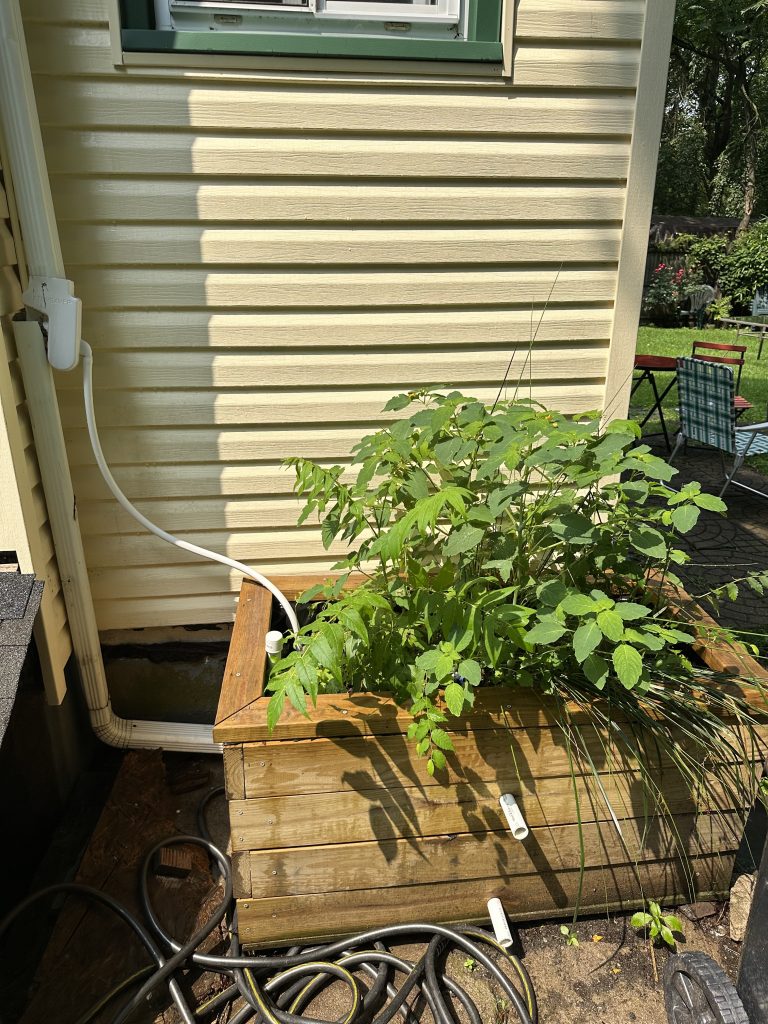
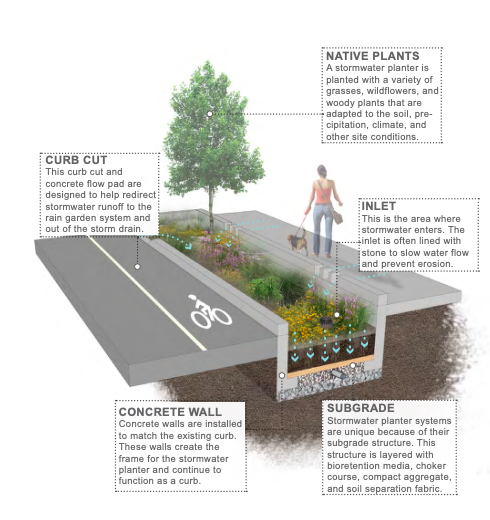
Stormwater Planter
Stormwater planters, or planter boxes, are basins built into the street or sidewalk to filter the water. They have vertical walls, with closed or open bottoms, and collect and absorb rainwater and runoff.
Permeable Pavement
Permeable pavements can help ease the effect of so much developed land and impervious surfaces. The porous asphalt or pervious concrete infiltrates the rainwater where it falls and, when installed correctly, is a cost-effective way to handle stormwater. While not fitting for high-traffic or high-speed roads, permeable pavements can replace sidewalks, parking lots, driveways, etc.
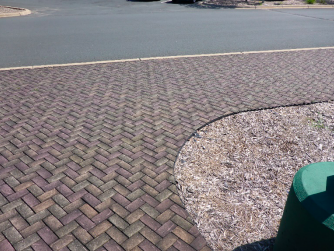
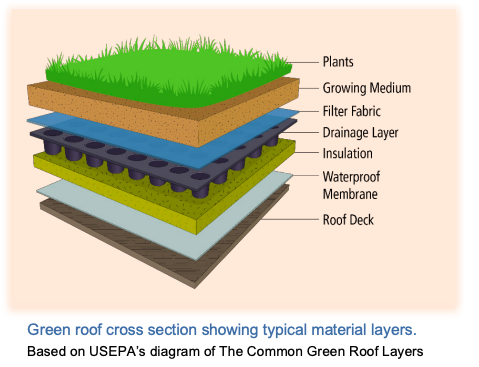
Green Roof
Rooftops can account for a considerable percentage of impervious surfaces, making them a good opportunity for green infrastructure. Green roofs create a sponge for stormwater by covering the rooftop with a growing medium, vegetation, and plants that can survive in variable conditions.
What can you do?
American Society of Civil Engineers consistently gives America’s aging infrastructure a low grade, usually around a C-, and a D for stormwater systems.10 While raising this grade will take larger-scale efforts from municipalities and states, individuals can use the suite of technologies available for managing stormwater runoff. Some strategies like rain gardens and downspout planters are easily attainable, and many Princeton neighbors have already installed their own downspout planters!
Want to learn more?
Stormwater runoff poses significant challenges to urban environments, including pollution, flooding, and erosion. Green infrastructure offers a sustainable and effective solution by harnessing natural processes to manage stormwater while providing additional benefits such as improved water quality, habitat creation, and urban beautification. By integrating green infrastructure into urban planning and development, communities can build resilience to climate change, enhance environmental sustainability, and create healthier, more vibrant neighborhoods. Find out more about green infrastructure on our website, and many more resources on stormwater in the state and in Princeton.
We will be sharing our explainers every month. If there are topics you’d like to know more about, please email info@sustainableprinceton.org.
- https://dep.nj.gov/wp-content/uploads/stormwater/n.j.a.c.-7-8-july-2023.pdf ↩︎
- http://water.rutgers.edu/Green_Infrastructure_Guidance_Manual/2016-08-10_REV1_Manual.compressed.pdf ↩︎
- https://dep.nj.gov/wp-content/uploads/stormwater/bmp/nj_swbmp_1_final_-9-27-16.pdf ↩︎
- https://www.wri.org/initiatives/eutrophication-and-hypoxia/learn ↩︎
- https://news.climate.columbia.edu/2018/04/03/stormwater-runoff-rain-flood/ ↩︎
- http://water.rutgers.edu/Green_Infrastructure_Guidance_Manual/GI-Brochure_PRINT-FRIENDLY.pdf ↩︎
- https://www.epa.gov/system/files/documents/2021-11/bmp-grassed-swales.pdf ↩︎
- https://www.epa.gov/system/files/documents/2021-11/bmp-permeable-pavements.pdf ↩︎
- https://www.epa.gov/system/files/documents/2021-11/bmp-green-roofs.pdf ↩︎
- https://infrastructurereportcard.org/cat-item/stormwater-infrastructure/ ↩︎


